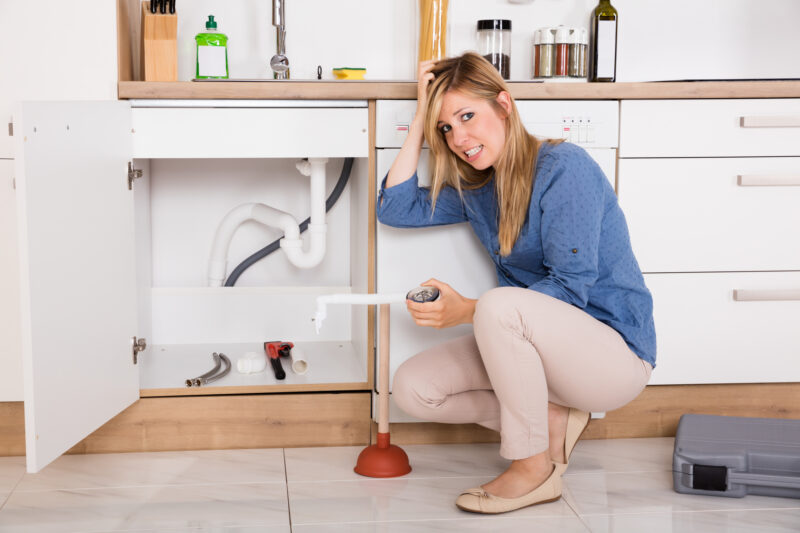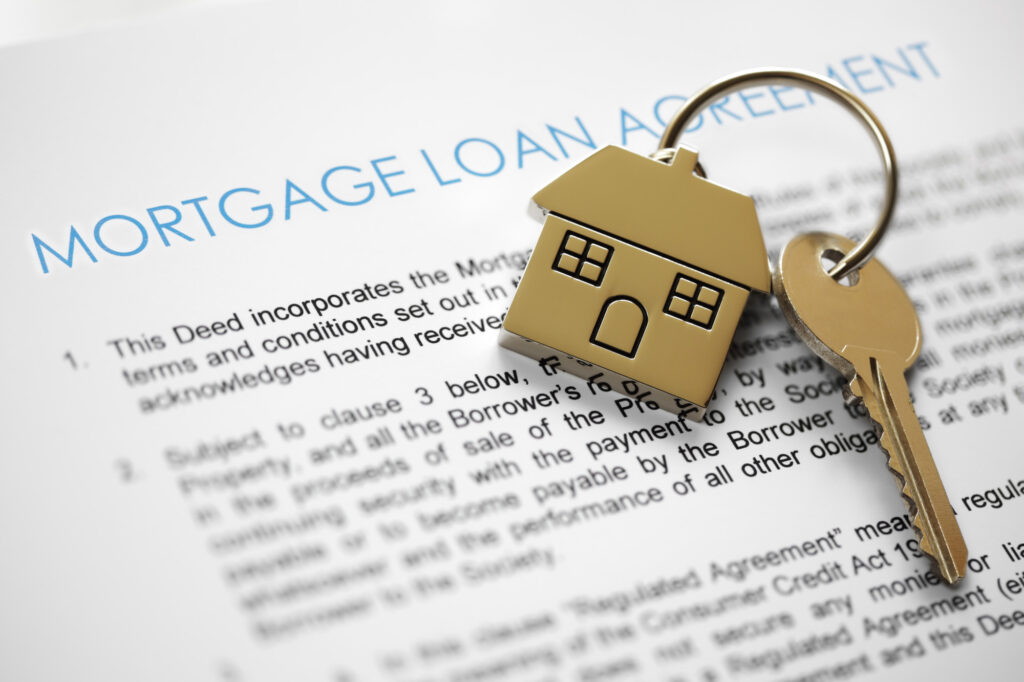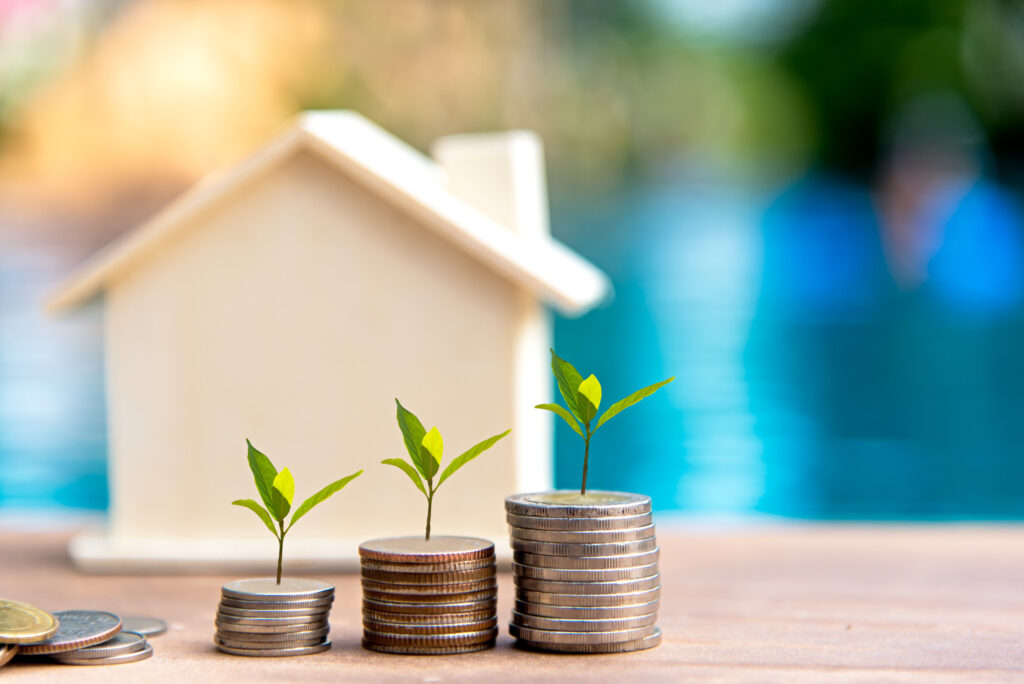So you’re getting ready for work in the morning, and it finally happens: your water is pooling in your shower instead of going down the drain. Your toilet is starting to overflow. You hear dripping from somewhere in your bathroom cabinet.
That’s right: you’re facing plumbing problems.
Not all plumbing issues are emergencies. Many of them are fixable (and preventable) at home. Read on to learn about some of the most common problems that people experience with their plumbing.
1. Clogged Drains
Clogged drains in your bathroom or kitchen can be a huge pain. Everyone’s had this experience: they’re waiting for the water to go down the drain after taking a shower or doing dishes, and it just stops. Then, panic mode sets in.
Clogged drains are usually avoidable, and they don’t always require hiring a plumber.
First, make sure that you avoid putting anything down the drain that shouldn’t be there. Avoid liquid oil (remember, it hardens when it cools down), small bits of food, and coffee grounds.
If you don’t have a garbage disposal, don’t put anything down the drain at all unless it’s liquid.
Even if you’re careful, you can still end up with clogs. The most common culprit for this problem is hair. If you (or someone in your household) has long hair, it’s time to check and see if it’s trapped beneath the stopper.
If hair is causing the problem, make it a point to remove hair from the drain at least once per month. A hair clogged drain can ruin a morning shower.
2. Clogged Toilets
Speaking of clogs, the only clog worse than a clogged drain is a clogged toilet. Again, when that water starts to fill the bowl, panic starts to set in. If you don’t want a serious mess on your hands, you need to prevent this problem.
Some older toilets struggle with water pressure. When it comes to those, avoiding clogs isn’t as simple. For most toilets, however, it’s as simple as not flushing anything down the toilet that isn’t meant to be flushed.
In most situations, you should only flush toilet paper or similar items. Do not flush large pieces of toilet paper, paper towels, or baby wipes (even if they look “flushable”). Do not flush sanitary pads.
Always keep a plunger in your restroom in the event of an emergency.
3. Leaky or Burst Pipes
When your sink is leaking, it usually isn’t a big deal. Sometimes the washer that seals your faucet can shift or wear down. This will cause that telltale “dripping” noise that everyone is familiar with.
If a pipe is dripping down into your cabinets, test all of the connections and see if any of them are loose. If you can’t identify the problem, it’s best to hire a plumber.
When it comes to pipes that burst, the best way to prevent them is to make sure that your pipes don’t freeze during the winter. Insulate them, leave your heat on, and keep your cabinets open and your tap dripping if you go away on a trip during a cold snap.
Have You Encountered These Plumbing Problems?
These plumbing problems are some of the most common issues that homeowners will face! Do any of them sound familiar?
If you think that a plumbing problem is too intense for you to handle, don’t worry. Contact a local plumber to check out the issue before it turns into a plumbing emergency.
For more helpful articles all about maintaining a home and more, visit the rest of our site.





Leave a Reply
You must be logged in to post a comment.